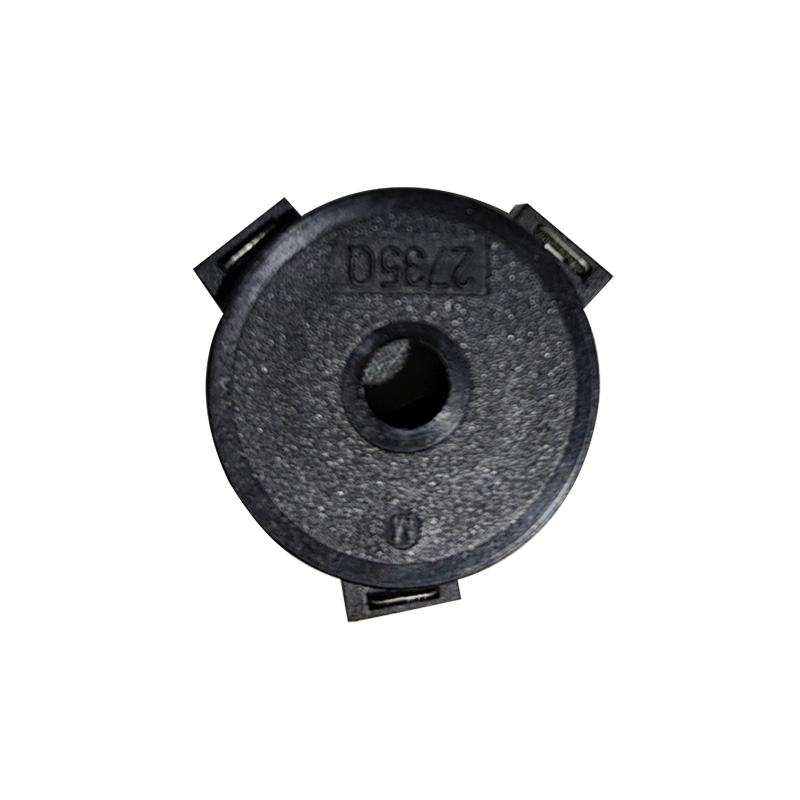From the gentle beep of a microwave timer to the urgent alarms in medical devices, piezo buzzers permeate daily life with their unmistakable sound. Yet, despite their ubiquity, these compact components rarely receive the scrutiny they deserve. Are piezo buzzers truly the unsung heroes of electronic design, or have they been overshadowed by newer technologies struggling to keep pace with innovation?
The Science Behind the Sound: How Piezo Buzzers Defy Simplicity
Piezoelectricity—the phenomenon where certain materials generate an electric charge under mechanical stress—forms the backbone of piezo buzzer technology. When an alternating voltage is applied to a piezoelectric crystal (typically lead zirconate titanate, or PZT), it vibrates at high frequencies, producing sound waves. Unlike electromagnetic speakers, piezo buzzers require no coils or magnets, enabling ultra-thin, lightweight designs. But does this simplicity mask hidden complexities?
Modern piezo buzzers operate in two modes:
-
Self-Driven: Using built-in oscillation circuits for fixed-frequency tones.
-
External-Driven: Controlled by microcontrollers for customizable frequencies and patterns.
While their operation seems straightforward, achieving consistent audio quality across temperatures, voltages, and humidity levels remains a persistent engineering challenge. Why, then, do piezo buzzers dominate industries from automotive to IoT devices?
Applications vs. Limitations: Can Piezo Buzzers Keep Up with Tech Demands?
Piezo buzzers thrive in environments where reliability, power efficiency, and compactness are non-negotiable:
-
Medical Devices: Audible alerts in ventilators and infusion pumps.
-
Automotive Systems: Warning signals for seatbelt reminders or EV charging status.
-
Consumer Electronics: Notifications in wearables and smart home devices.

However, their limitations are equally stark:
-
Limited Frequency Range: Most piezo buzzers operate between 2–4 kHz, struggling with low-frequency sounds.
-
Fragility: Piezoelectric crystals can degrade under mechanical stress or moisture.
-
Sound Distortion: High SPL (sound pressure level) often sacrifices tonal clarity.
As voice assistants and high-fidelity audio become mainstream, is there still a niche for piezo buzzers, or will MEMS (micro-electromechanical systems) speakers render them obsolete?
The Sustainability Question: Hidden Costs of a "Simple" Component
Piezo buzzers are lauded for energy efficiency, consuming as little as 10 mA—a fraction of traditional speakers. Yet their environmental footprint is rarely discussed. PZT ceramics contain lead, raising concerns about recyclability and toxicity. While lead-free alternatives (e.g., potassium sodium niobate) are emerging, their performance lags behind. Are manufacturers prioritizing convenience over ecological responsibility?
Moreover, the rise of IoT—with its billions of connected devices—could exponentially increase demand for piezo components. Can supply chains sustain ethical sourcing of raw materials like zirconium and titanium, or will scarcity drive innovation?
Innovation or Stagnation? The Future of Piezo Technology
Recent advancements hint at a transformative future:
-
Flexible Piezo Films: Enabling integration into curved surfaces for foldable electronics.
-
Energy Harvesting: Converting ambient vibrations into power for low-energy sensors.
-
AI-Driven Optimization: Machine learning models fine-tuning buzzer frequencies for specific environments.
Still, hurdles persist. MEMS speakers now offer broader frequency ranges and digital control, while electroactive polymers promise eco-friendlier alternatives. Will piezo buzzers evolve to meet 21st-century demands, or fade into obsolescence as a "legacy" technology?
A Silent Revolution with Unanswered Echoes
Piezo buzzers embody a paradox: they are simultaneously indispensable and overlooked. Their reliability and efficiency cement their role in critical systems, yet their limitations and environmental impact demand urgent attention. The question isn’t whether piezo buzzers will disappear, but whether the industry will invest in reinventing them—or settle for incremental improvements while chasing the next technological mirage.


 EN
EN  English
English Deutsch
Deutsch 中文简体
中文简体
